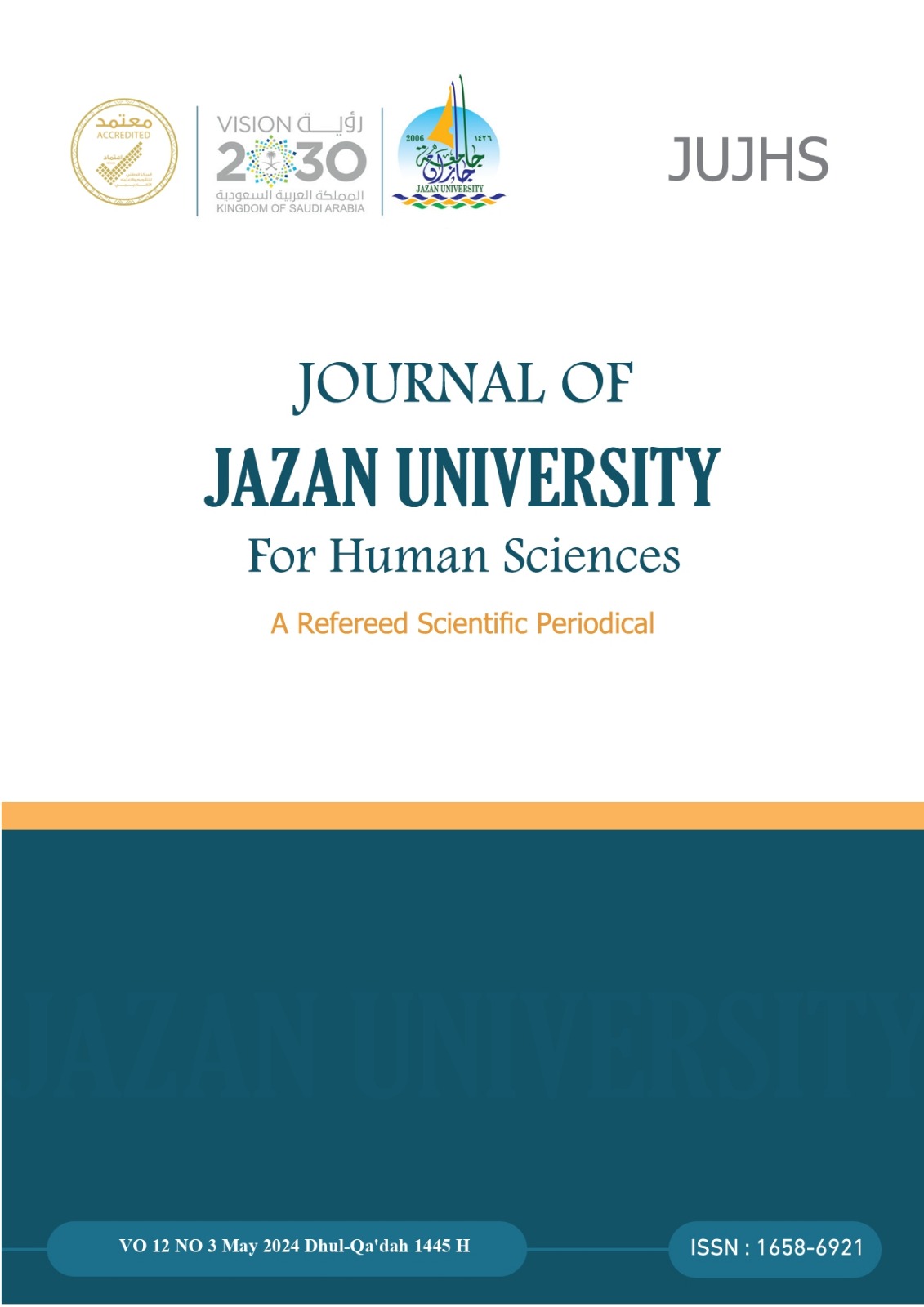Obstacles of Using Augmented Reality Faced by Learners of Arabic as a Second Language Z
Keywords:
Obstacles, Challenges, Augmented Reality, Educational Technologies, Second Language Teaching, Teaching Arabic to Non-Native SpeakersAbstract
In the quest to understand the challenges associated with integrating augmented reality technologies into the educational process, this descriptive survey study was conducted to analyze the obstacles faced in using augmented reality in teaching Arabic to non-native speakers. It relied on a detailed questionnaire consisting of 29 items, distributed across three main axes, and data were collected from 82 students representing cultural and linguistic diversity. The study’s results revealed several technical obstacles, with the average scores for the technical problems axis ranging from 3.62 to 3.82 on a five-point Likert scale. A high level of technical expertise and specialized technical support were highlighted as the most significant challenges, necessitating the design of user-friendly interfaces and improved technical support. The study also addressed obstacles related to the characteristics of the Arabic language, such as dialect overlap and letter similarities; an average score of 3.66 was recorded, indicating the need to develop educational materials that directly address these challenges. On the other hand, participants responded positively to the augmented reality experience overall, with an average score of 3.88 and a relative weight of 77.7%; highlighting the promising potential of augmented reality in enhancing the learning experience and increasing motivation and understanding among learners. Finally, the study recommended focusing on improving the technical infrastructure in educational institutions, providing advanced educational resources that efficiently integrate augmented reality technologies, while considering the specific technical and linguistic challenges.
Downloads
Downloads
-
PDF (Arabic)
156
72
Published
Issue
Section
License
Copyright (c) 2024 CC Attribution 4.0

This work is licensed under a Creative Commons Attribution 4.0 International License.





